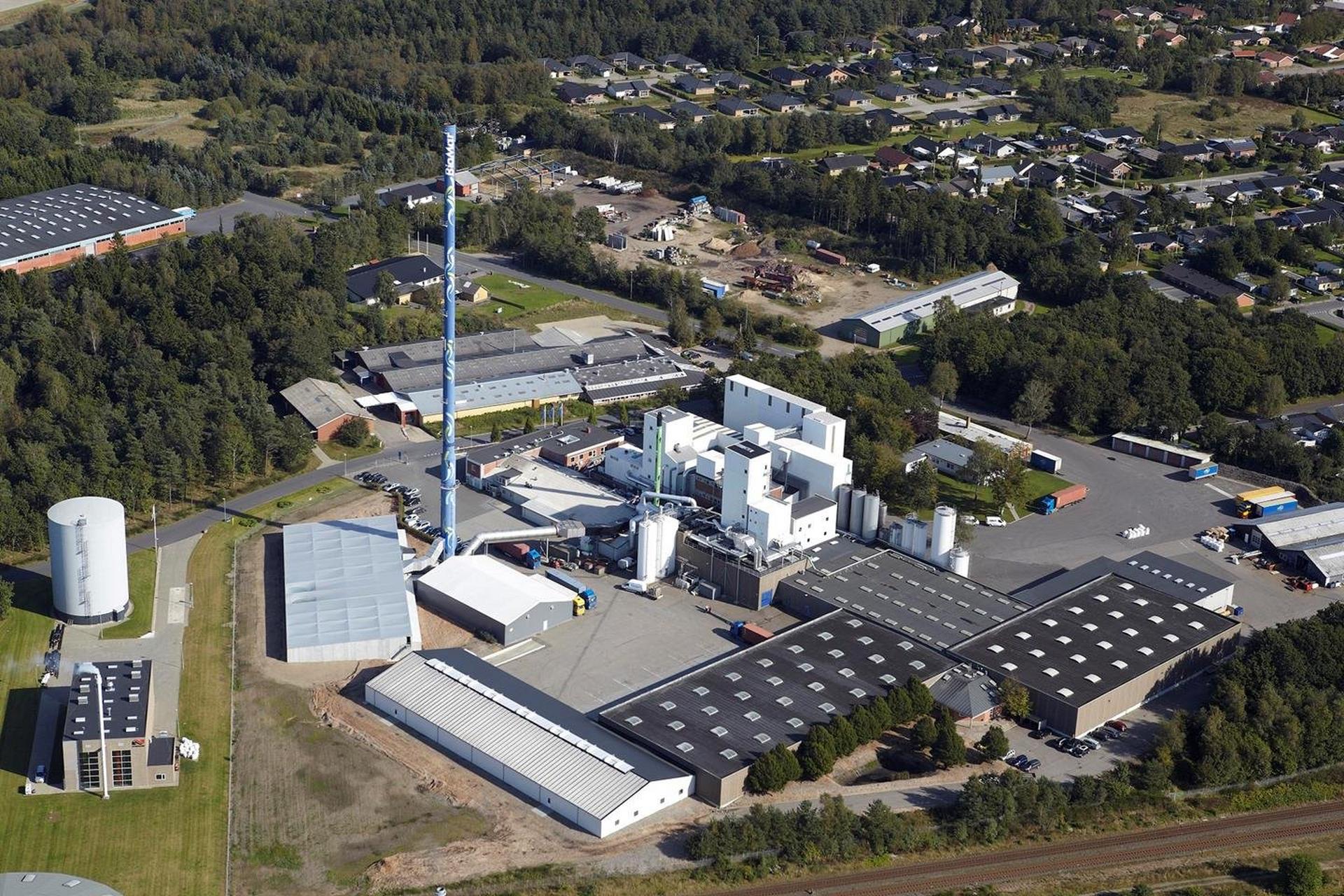By adding all the feed companies in the Group managed by BioMar, including joint ventures, BioMar ends with a record first quarter of EBITDA of more than DKK 310 million. This record start of the year has been driven by higher margins as a consequence of a better product mix and commercial excellence efforts.
Across the divisions, BioMar shows remarkable results in Q1. While margins increased due to changes in product portfolio mix, BioMar realised an 8% lower sales volume in Q1 2024 compared to Q1 2023. However, a strong growth in the shrimp feed segment could partly offset a lower sales volume in the salmon feed segment. The lower volumes are explained due to biological issues in different markets combined with an increased focus on long-term customer collaboration, hence moving focus from market share to value creation. The lower revenue is furthermore explained by lower raw material prices and exchange rates.
“After a strong 2023, we have managed to keep momentum and deliver a very strong Q1. All divisions have contributed with results above the expected, which has added up to the overall record for the group. I am proud of the commitment from our employees across the world, and very proud to experience the positive outcome of our increased focus on sustainability as well as our commercial excellence projects”, explains Carlos Diaz, CEO BioMar Group.













